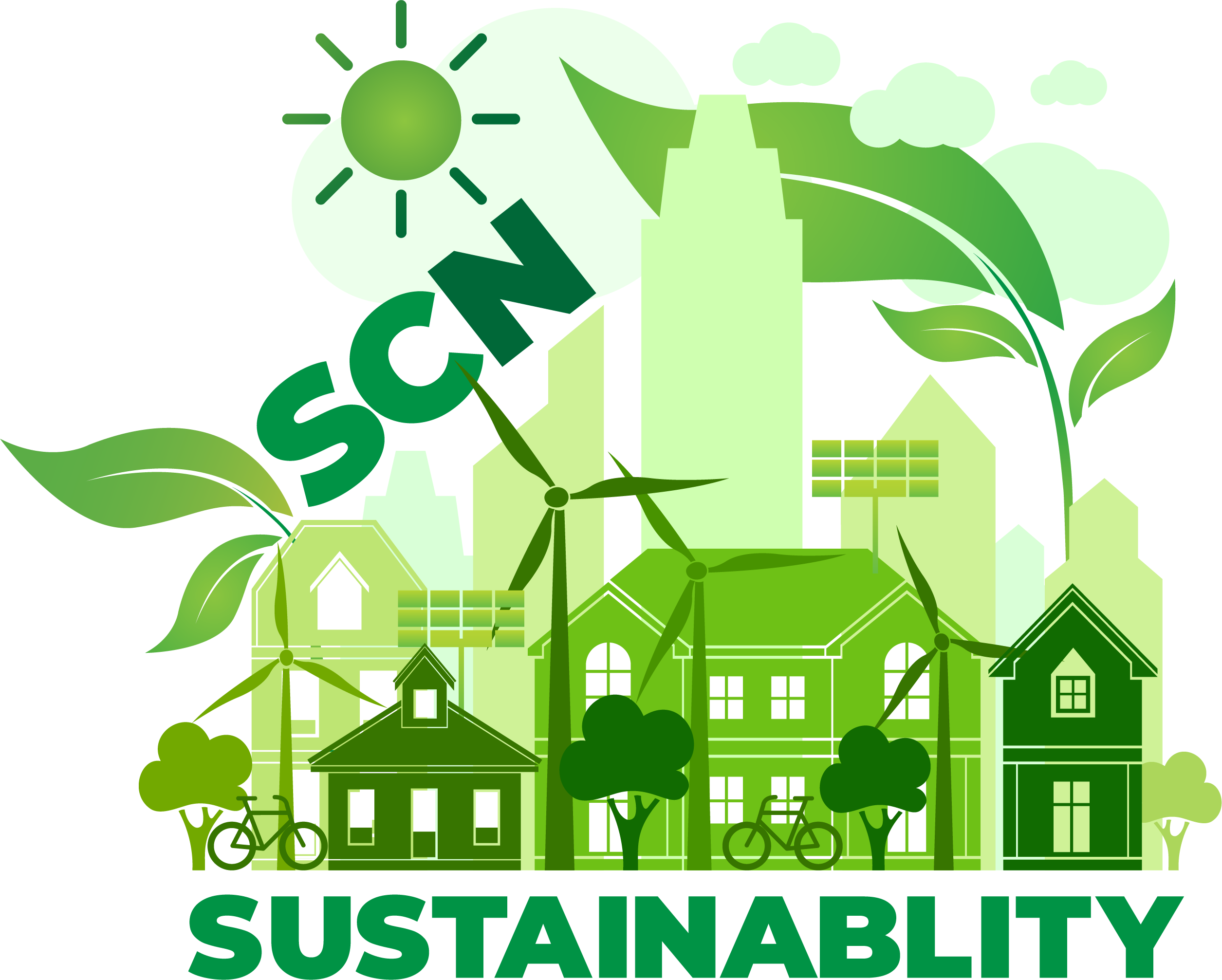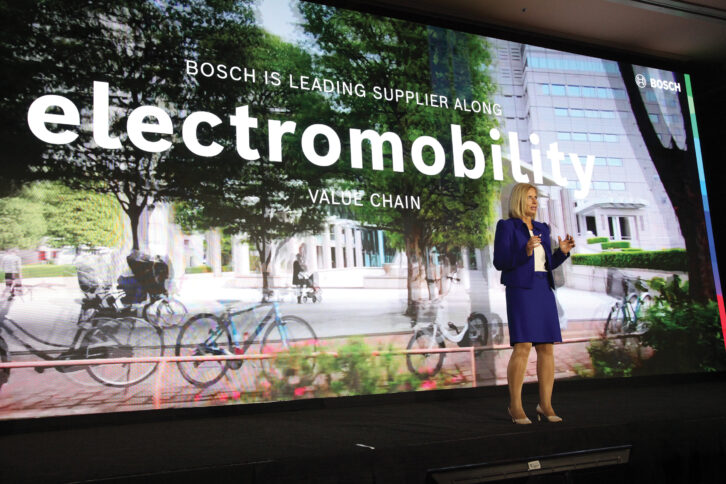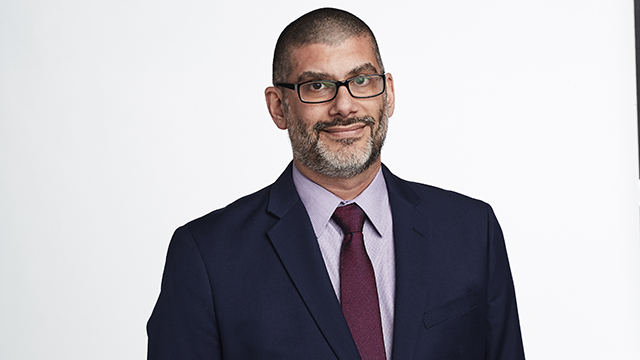Bosch was at CES with a focus on electrification of the home and business, new innovative hydrogen-based technologies, and a partnership with Amazon Web Services with the ultimate goal of a more energy-efficient society for a highly sustainable future.

“For the sake of our planet we must end our dependency on fossil fuels, and we must do it now,” said Dr. Tanja Rückert from Bosch. “We need to continue to drive forward electrification, cleaner newer sources of power, and maximizing energy efficiency.”
[Sustainability Can Be Taught]
While Bosch focuses on its electrification strategy over many verticals—a strategy that has climate-neutral operation “baked in"—one key area that will be addressed at CES is the EV market. Charging electric vehicles has been a stumbling block for many. For gas-powered drivers, finding a gas station and filling up takes a matter of minutes, but the EV driver must hunt for a charger. But what if an EV can charge itself? At CES, Bosch is debuting its Automated Valet Charging system to take the stress out of EV charging. Now, all you have to do is press a button on your phone and the system takes care of the rest. It is just another step towards EV acceptance.
Bosch technology is a tool for a brighter tomorrow. Focusing on the home for energy optimization, Bosch is debuting its new IDS ultra heat pump for cold climates and harsh winters. While many heat pumps cool as well as heat and are easy to install, they simply don’t work very well in extreme cold temperatures. There is a disparity on heat pumps being purchased in colder regions, but Bosch’s new cold-climate heat pump changes the game and levels the geographical disadvantages. Working at temperatures well below zero, the IDS ultra heat pump extends the reach of energy-efficient heating demands even in colder environments and enables users to get away from fossil-fueled heating systems at significant cost and energy savings.
Bosch is also looking to reduce waste and improve energy efficiency around the home and workplace. Technologies like the MySchedule feature enable easy optimization of energy costs and usage of green energy on home appliances by simply hitting a button at the right moment. In the workplace, Bosch’s AMPShare battery platform lets workers use the same batteries across all Bosch tools to simplify their battery assortment and usage. The system additionally works with 15 brand partners in North America and more than 30 globally. More tools with fewer batteries mean less material usage and waste.
The second prong of Bosch’s strategy is using hydrogen as a carrier for renewable power. There is a need for a storage medium to transfer energy between regions and hydrogen offers just that. Hydrogen helps the path to electrification of heavier vehicles, which was showcased at CES showing a truck using Bosch’s hydrogen fuel-cell powertrain technology. A hydrogen engine—launching later this year—will perform as a diesel engine and is suitable for commercial vehicles like construction machinery and heavy-duty hauling trucks.
[Check Out This ‘Super Sustainable’ Master Showroom]
Bosch will also showcase some enhanced features for car drivers from its collaboration with Amazon Web Services. Using the benefits of the cloud, Bosch technology will be able to let a car recognize when a driver is tired. Before stopping for coffee, an in-car assistant can get a cup of coffee brewing at home and 10 minutes later that cup of coffee is brewing in a Bosch smart espresso machine, hot and ready when the tired driver walks through the door. And yes, the smart espresso machine was showcased at CES, with taste tests available.
Our energy needs are ever-growing. As more and more people gain access to technologies, energy consumption has skyrocketed and is growing from 1-2 percent per year. Bosch is paving the way to fully electrified homes and hydrogen-based technologies for a more sustainable tomorrow.

